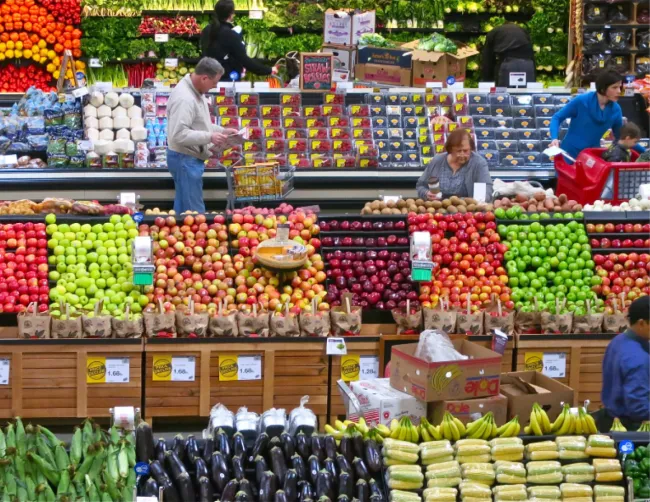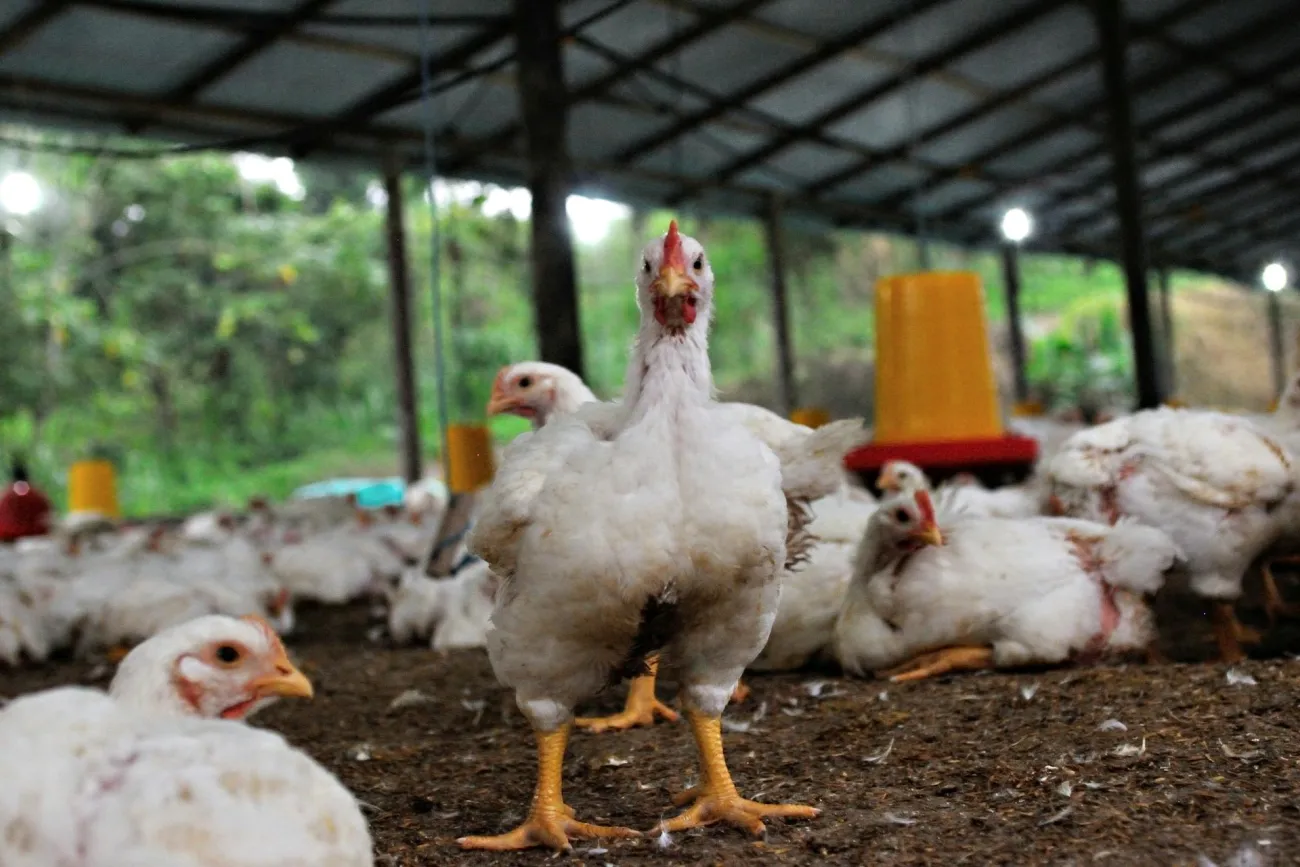Eating patterns (or diets) are an important point of interconnection in food systems between human health and wider environmental impacts. Shifts in how people consume towards sustainable health eating patterns can bring multiple benefits. And when they are undertaken by whole populations, their overall effects can be considerable.
Although there is much we still don’t know, the broad trends of what sustainable health eating patterns look like are known well enough to take action today. However, this presents another difficult challenge: how can eating patterns (at the individual and population scale) be shifted towards those that are healthier and more sustainable?
Understanding this problem and its potential solutions provides a useful primer on the way in which consumption in food systems takes place through a combination of human choices (whether conscious or not), and is influenced by the wider contextual environment that actively constrains and influences these choices.





Comments (0)